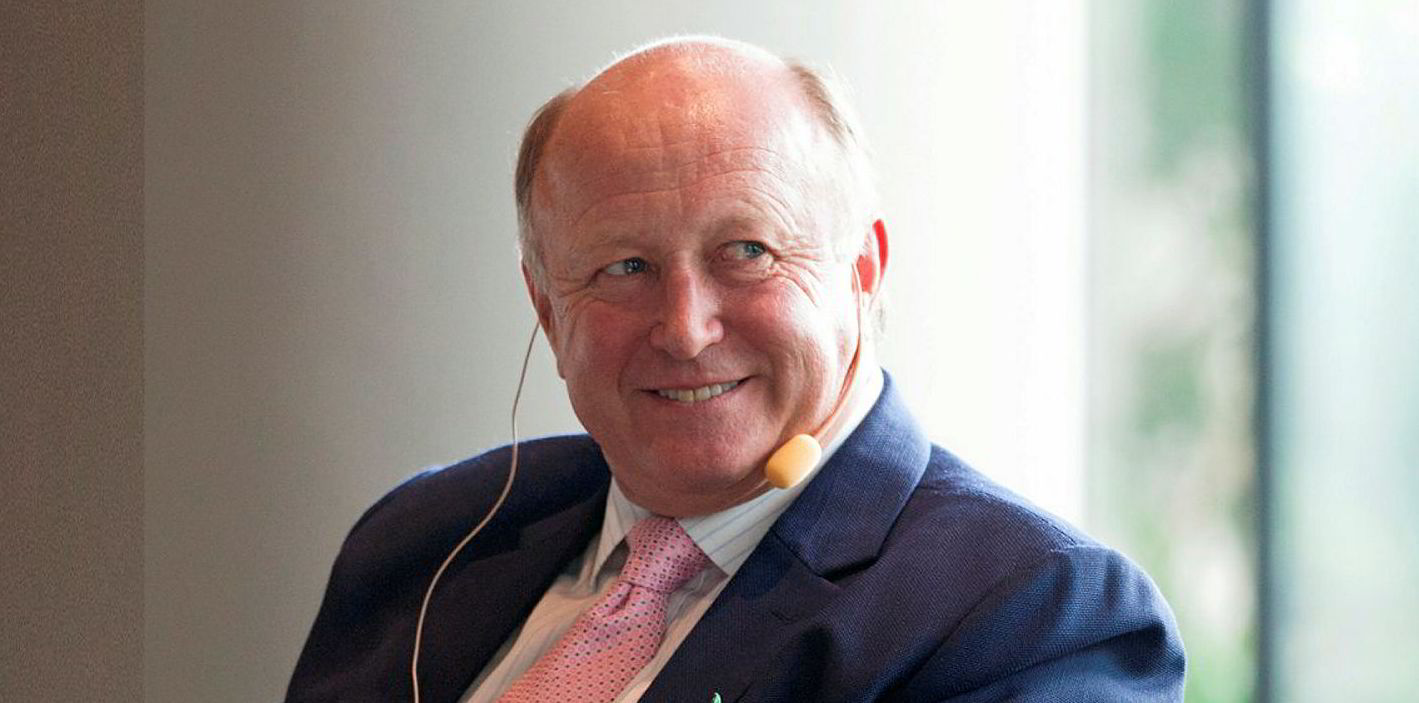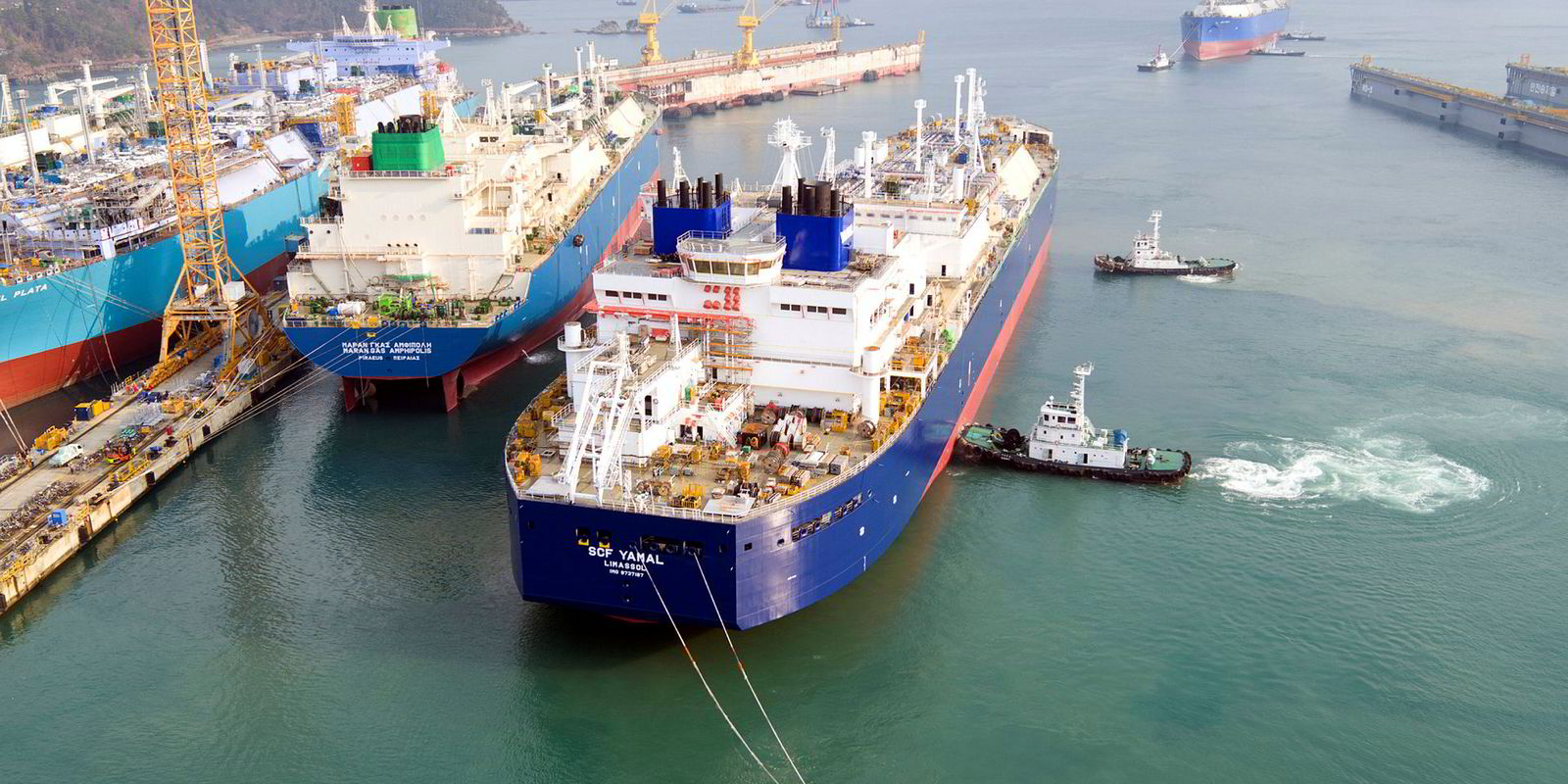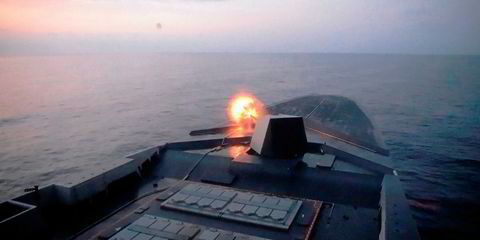Dry bulk operators are optimistic about the industry’s future, but say dangers still lurk that could derail the recovery.
“The outlook looks very promising,” said David Palmer, chief executive of Wah Kwong Transport speaking at the Marine Money Asia conference in Singapore on Tuesday.
“If you wanted two to three reasons for that they would probably be China, India and the orderbook.
“China’s volumes of imported iron ore are up on last year, coal is also looking going good, while soybeans are travelling longer distances so that is good for shipping.”
Palmer said the orderbook was “at its lowest since 2016”, and that he felt that in the large to medium size carrier segment, that the orderbook is actually overstated.
“There are a lot of Tier II vessels where the keel has been laid, but the shipyard has not actually sold them,” he said.
“So I think there is going to be a little bit of a shake out, if you take for instance the kamsarmax orderbook, the lowest it has ever been is 6%, on paper it looks like 8% today, but actually we think its lower than that.
“So we are quite optimistic for a jump in the dry bulk market towards the end of this year.”
Pacific Basin Shipping chief executive Mats Berglund was a little more circumspect saying that current rates for a handysize bulker of $8,000 to $10,000 per day certainly “doesn’t make anybody rich”.
“The good thing with that is that it does keep people away from ordering new buildings.”
Berglund said a good thing to watch is the ratio of a five-year-old ship versus a newbuilding, with a secondhand handysize now around 65% of the cost of a newbuilding.
“Typically when you start to see the market being strong the price of a five-year-old ship is close to or touching the newbuilding price,” he said.
“So we are extremely far away from that point in the cycle and only at that stage do we need to worry about things turning for the worse.”
China Navigation chief executive James Woodrow said industry fundamentals look “reasonably balanced, but there is an awful lot of uncertainty”.
“Whether you are talking about trade wars, about emerging markets and some of the issues we’ve got there, fuel prices being relatively high or a strong US dollar, there is a lot of uncertainty.
“So yes, I think we are a lot better off than we were two years ago, but we are not in a full recovery yet.
“We had a reasonable start to the year, but we have gone sideways or backwards, certainly in the smaller size vessels, since then.”
Seanergy Maritime chief executive Stamatis Tsantanis said trade wars have never been good for either global growth or global trade.
“I think it is a psychological game being played right now and it’s a zero sum game,” he told delegates.
“At the end of the day someone has to pay the price, no matter how many tariffs are imposed. The end consumer always ends up paying the price.
“As far as iron ore and coal is concerned we don’t really see any issue affecting the capesize market. That’s a concern more for the smaller ships and the containerships as well.”






